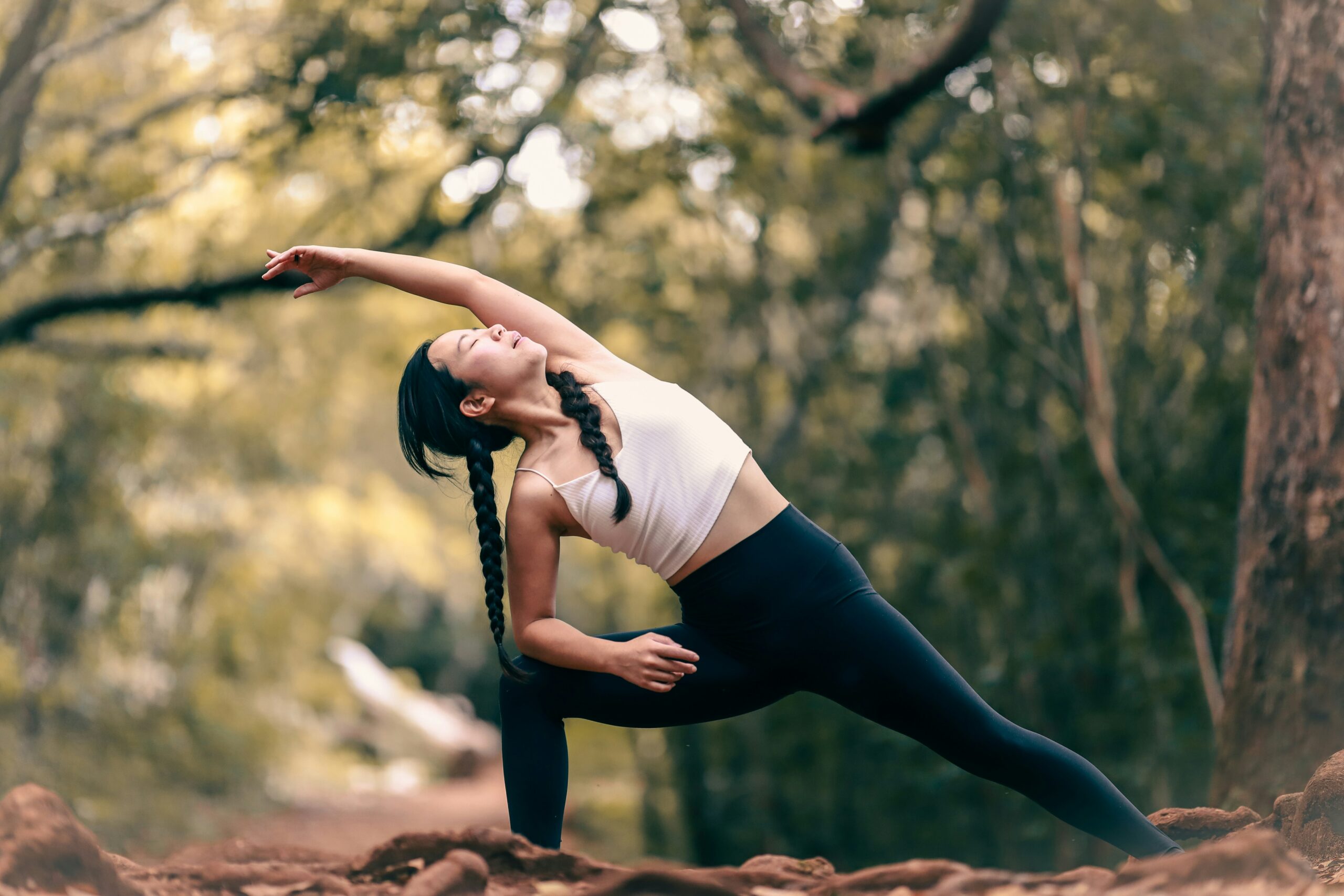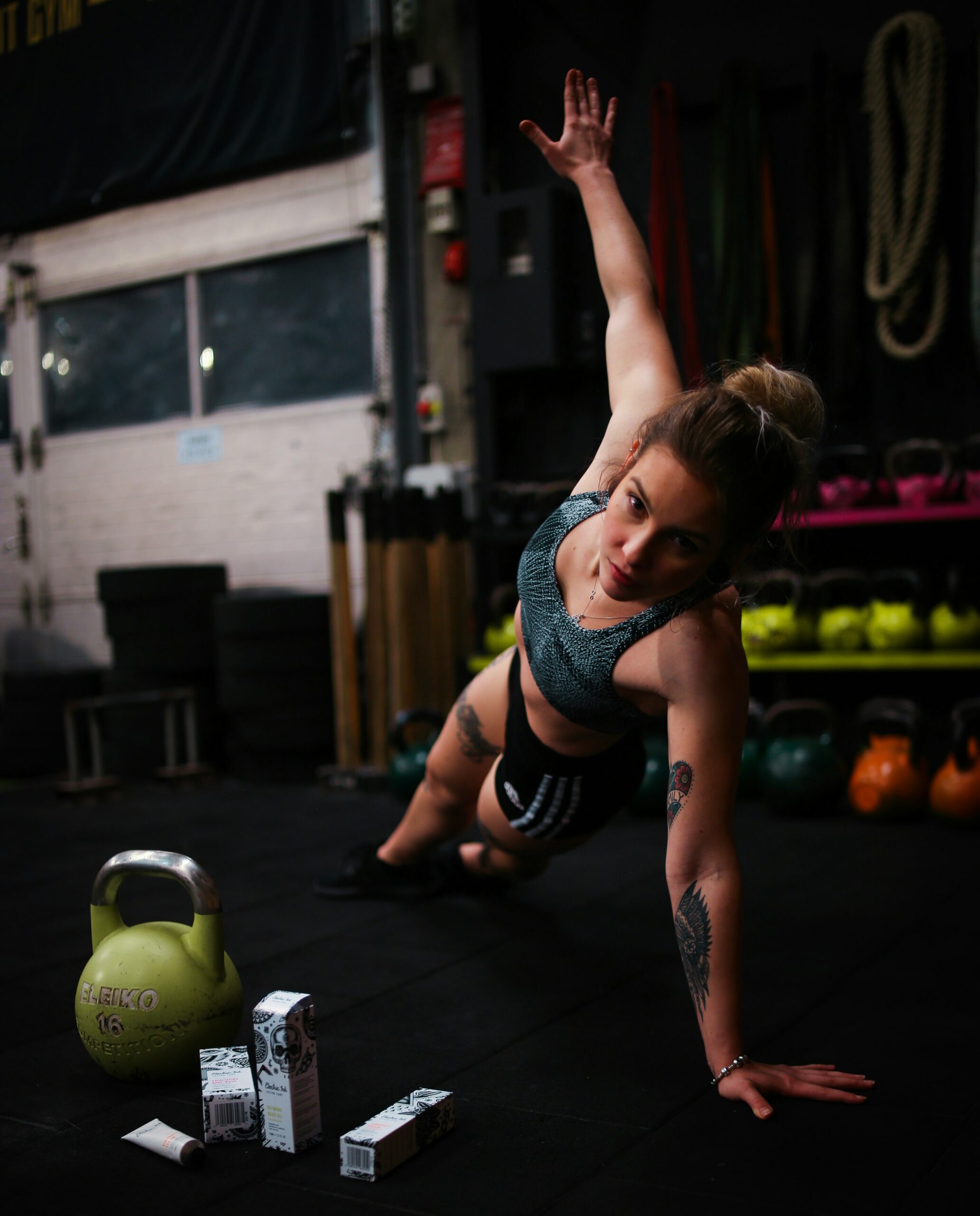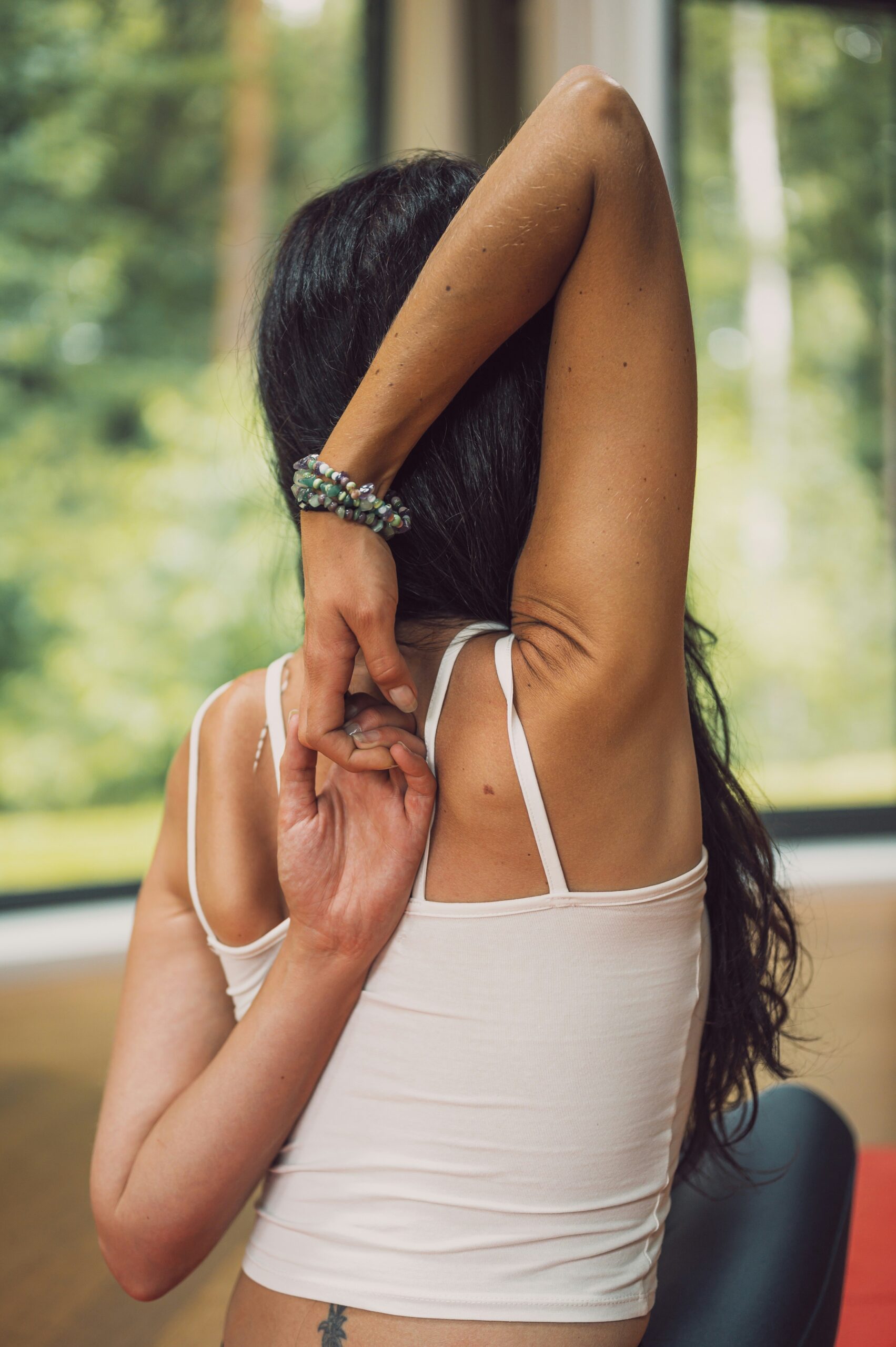Unlock Your Flexibility: 5 Types of Stretches to Boost Your Mobility
Flexibility is the secret sauce to a well-rounded fitness routine. It’s like the cherry on top of your fitness sundae. Not only does it make you feel more limber and agile, but it also helps prevent injuries and keeps your muscles in top-notch condition. Whether you’re a seasoned yogi or just dipping your toes into the fitness pool, incorporating a variety of stretches into your routine can make a world of difference. Ready to dive in? Let’s explore the five types of stretches that will have you bending and flexing like never before!
Dynamic Stretching: Get Moving!
Dynamic stretching is like a warm-up for your muscles, and it’s as fun as it sounds. This type involves active movements that take your joints and muscles through their full range of motion. Think of it as a lively dance that prepares your body for a workout.
- High Knees: Lift those knees up to your chest while jogging in place. It’s a great way to get your heart pumping and your legs ready for action.
- Arm Circles: Extend your arms out to the sides and make big circles. Start small and gradually increase the size. Your shoulders will thank you.
- Leg Swings: Hold onto something stable and swing one leg forward and backward. Switch legs and repeat. It’s a simple move that loosens up your hips and hamstrings.
Dynamic stretches are perfect before a workout. They wake up your muscles and improve blood flow, reducing the risk of injury. Plus, they’re a fantastic way to get your body moving and groove into your fitness routine.
Static Stretching: Hold and Relax
Static stretching is the classic, go-to method for increasing flexibility. It involves holding a stretch for a period, usually between 15 to 60 seconds, allowing your muscles to elongate and relax.
- Hamstring Stretch: Sit on the ground with one leg extended and the other bent. Reach for your toes on the extended leg and hold. Feel that gentle pull in the back of your thigh?
- Quadriceps Stretch: Stand on one leg, pull the opposite foot towards your butt, and hold. This stretch targets the front of your thigh.
- Triceps Stretch: Raise one arm overhead, bend the elbow, and use the other hand to gently push the elbow down. It’s a soothing stretch for your upper arms.
Static stretches are ideal post-workout. They help cool down your muscles and improve flexibility over time. The key is to breathe deeply and relax into each stretch, savoring the release of tension.
Ballistic Stretching: Bounce with Caution
Ballistic stretching involves quick, bouncing movements to push your muscles beyond their usual range of motion. It’s like dynamic stretching but with a bit more oomph. However, it’s essential to approach this type with caution, as it can increase the risk of injury if not done correctly.
- Toe Touches: Stand with your feet hip-width apart and bounce down to touch your toes. Keep the movements controlled and avoid jerking.
- Leg Bounces: Sit on the floor with your legs extended. Bounce your hands towards your toes, gently pushing your range of motion.
Ballistic stretches are often used by athletes who need to push their limits. They can be effective but should be done under the guidance of a coach or trainer to ensure safety.
PNF Stretching: Partner Up for Maximum Flexibility
Proprioceptive Neuromuscular Facilitation (PNF) stretching sounds fancy, but it’s all about contracting and relaxing your muscles to improve flexibility. Typically done with a partner, PNF stretches are highly effective and can lead to impressive gains in flexibility.
- Hamstring Stretch with Partner: Lie on your back and have your partner lift one leg. Push against their resistance for a few seconds, then relax and let them stretch your leg further.
- Chest Stretch with Partner: Stand facing a wall with your arms extended behind you. Have your partner gently pull your arms back while you push forward.
PNF stretching combines static stretching with isometric contractions, making it a powerhouse technique for increasing flexibility. It’s also a great way to bond with your workout buddy!
Myofascial Release: Roll It Out
Myofascial release involves using a foam roller or similar tool to massage and stretch your muscles and fascia (the connective tissue surrounding muscles). It’s like giving yourself a deep-tissue massage, and it feels oh-so-good.
- Foam Rolling Your Quads: Lie face down with the foam roller under your thighs. Roll back and forth, pausing on tight spots.
- Rolling Your Back: Sit on the floor with the foam roller behind you. Lean back and roll along your spine, letting the roller knead out tension.
- Calf Roll: Sit with your legs extended and place the foam roller under your calves. Roll up and down to release tightness.
Myofascial release helps break up knots and adhesions in your muscles, improving flexibility and reducing soreness. It’s a fantastic addition to any stretching routine, especially after a tough workout.
Putting It All Together: Your Flexibility Routine
Now that you know about the five types of stretches, how do you incorporate them into your routine? Here’s a simple guide to get you started:
- Pre-Workout: Begin with dynamic stretches to warm up your muscles and get your blood flowing.
- During Workout: If you’re doing strength training, consider incorporating PNF stretches between sets to keep your muscles limber.
- Post-Workout: Finish with static stretches to cool down and improve flexibility. Use myofascial release techniques to target any tight or sore areas.
Remember, consistency is key. Regular stretching, even for just a few minutes each day, can lead to significant improvements in flexibility and overall mobility. Plus, it feels great and helps prevent injuries, keeping you active and healthy.
The Fun Factor: Making Stretching Enjoyable
Stretching doesn’t have to be a chore. Here are some tips to keep it fun and engaging:
- Music: Create a playlist of your favorite tunes to play while you stretch. Music can make the time fly and add a little rhythm to your routine.
- Group Sessions: Join a stretching class or invite friends to stretch with you. It’s a great way to stay motivated and enjoy some social time.
- Mix It Up: Don’t stick to the same routine every day. Explore different stretches and techniques to keep things interesting.
- Track Your Progress: Keep a flexibility journal or take photos to track your improvements. It’s rewarding to see how far you’ve come!
The Bottom Line: Flexibility for Life
Flexibility is a vital component of overall fitness. It enhances your performance, prevents injuries, and keeps you feeling young and agile. By incorporating dynamic, static, ballistic, PNF, and myofascial release stretches into your routine, you’ll be well on your way to a more flexible and resilient body.
So, grab your yoga mat, roll out that foam roller, and get stretching! Your body will thank you, and you’ll be moving with ease and grace in no time. Here’s to a flexible, fit, and fabulous you!





